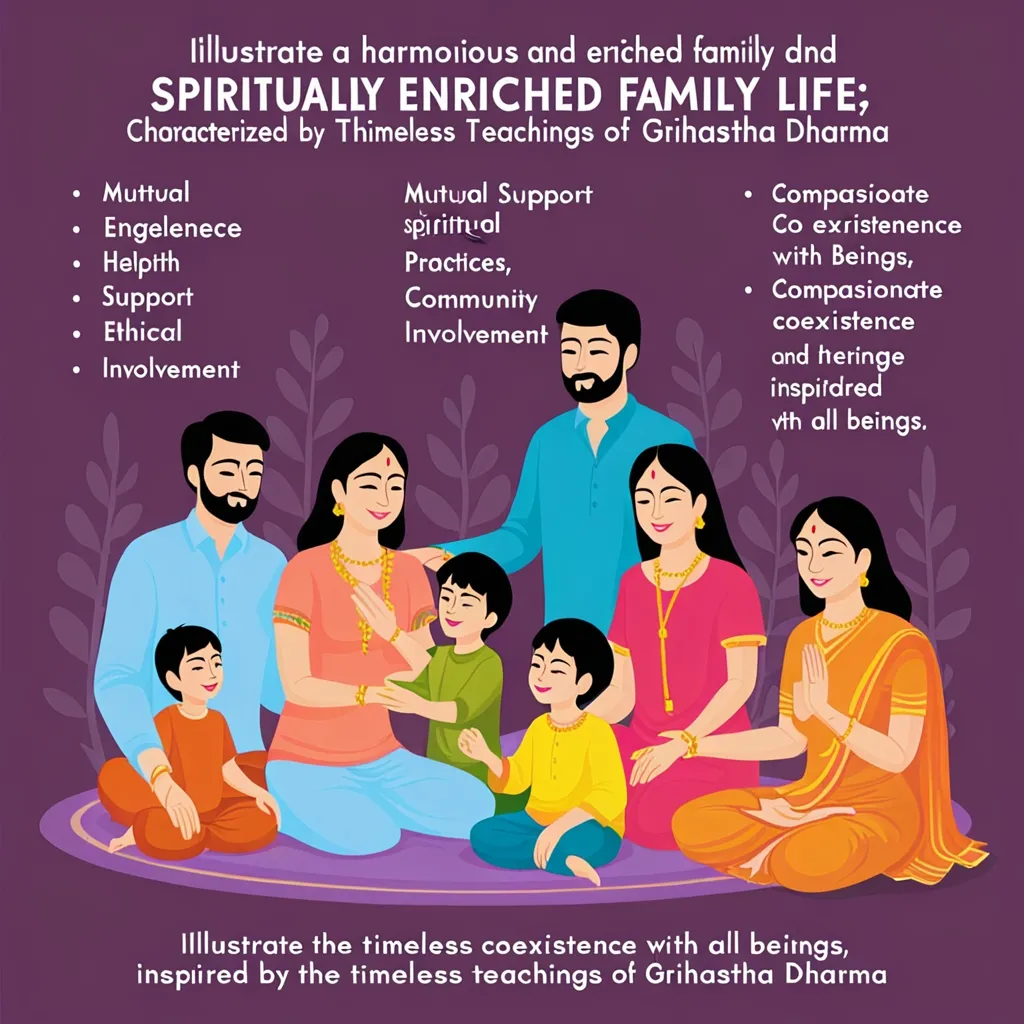Vedic Mathematics, a system rooted in ancient Indian wisdom, offers a fascinating approach to numerical calculations and problem-solving. At its core lie seven fundamental principles that form the bedrock of this mathematical tradition. These principles, derived from the Vedas, provide a unique perspective on how we can interact with numbers and mathematical concepts.
The first principle, known as “Ekadhikena Purvena” or “By One More than the Previous One,” showcases the elegance of Vedic Mathematics. This principle allows for quick mental calculations, particularly when dealing with squares of numbers ending in 5. For instance, to find the square of 25, we simply multiply 2 (the first digit) by its successor 3, giving us 6, and append 25 to it. Thus, 25 squared equals 625. This method extends to larger numbers as well, making seemingly complex calculations accessible to mental arithmetic.
“How often do we find ourselves struggling with mental math in our daily lives? Perhaps more than we’d like to admit.”
The second principle, “Nikhilam Navatascaramam Dasatah” or “All from 9 and the last from 10,” offers a powerful technique for subtraction and multiplication. This principle is particularly useful when dealing with numbers close to powers of 10. For example, to multiply 98 by 97, we can subtract 2 and 3 respectively from 100, multiply these differences (2 x 3 = 6), and then subtract the result from 9,506 (97 x 98). The final answer is 9,506 - 6 = 9,500. This method significantly reduces the complexity of multiplication, especially for larger numbers.
Moving on to the third principle, “Urdhva Tiryagbhyam” or “Vertically and Crosswise,” we encounter a versatile method for multiplication. This principle breaks down the multiplication process into smaller, manageable steps, making it easier to perform mentally. It’s particularly effective for multiplying large numbers and can be extended to algebraic multiplication as well.
“Have you ever wondered why some people seem to have a natural affinity for numbers while others struggle? Perhaps the answer lies not in innate ability, but in the methods we use.”
The fourth principle, “Paraavartya Yojayet” or “Transpose and Apply,” introduces a novel approach to solving equations. This principle encourages us to look at problems from different angles, often leading to simpler solutions. It’s a testament to the flexibility and creativity inherent in Vedic Mathematics.
The fifth principle, “Sunyam Samyasamuccaye” or “When the Sum is the Same, that Sum is Zero,” provides an elegant method for solving certain types of equations. This principle highlights the importance of pattern recognition in mathematics, a skill that Vedic Mathematics consistently nurtures.
“Mathematics is not about numbers, equations, computations, or algorithms: it is about understanding.” - William Paul Thurston
The sixth principle, “Anurupye Sunyamanyat” or “If One is in Ratio, the Other is Zero,” offers insights into proportions and ratios. This principle finds applications in various fields, from basic arithmetic to advanced algebra and even in practical scenarios like profit and loss calculations.
Finally, the seventh principle, “Sankalana-vyavakalanabhyam” or “By Addition and by Subtraction,” emphasizes the interconnectedness of mathematical operations. This principle reminds us that often, complex problems can be solved by breaking them down into simpler addition and subtraction operations.
These seven core principles of Vedic Mathematics are not just calculation techniques; they represent a philosophy of approaching mathematical problems. They encourage mental agility, pattern recognition, and creative problem-solving. By applying these principles, we can often find elegant solutions to problems that might seem daunting at first glance.
“Do you see mathematics as a set of rules to be memorized, or as a language to be understood and spoken fluently?”
One of the most striking aspects of Vedic Mathematics is its emphasis on mental calculation. In an age where we’re increasingly reliant on calculators and computers, the ability to perform quick mental calculations can be a valuable skill. It’s not just about impressing others with mathematical prowess; it’s about developing a deeper understanding of numbers and their relationships.
Moreover, these principles often lead to unconventional problem-solving methods. For instance, the “Vertically and Crosswise” principle can be applied to polynomial multiplication, offering a more intuitive approach than traditional algebraic methods. Similarly, the “By One More than the Previous One” principle extends beyond simple squaring to more complex operations involving numbers close to each other.
“The essence of mathematics is not to make simple things complicated, but to make complicated things simple.” - Stan Gudder
It’s important to note that Vedic Mathematics is not just a historical curiosity. Its principles have practical applications in modern contexts, from competitive exams to everyday calculations. Many students find that these methods offer a fresh perspective on mathematics, making it more engaging and less intimidating.
Furthermore, the principles of Vedic Mathematics align well with modern educational theories that emphasize conceptual understanding over rote memorization. By encouraging students to see patterns and relationships between numbers, these principles foster a deeper, more intuitive grasp of mathematical concepts.
As we delve deeper into these principles, we begin to appreciate the elegance and efficiency of Vedic Mathematics. It’s not just about finding the right answer; it’s about finding the most elegant path to that answer. This approach can transform our relationship with mathematics, turning it from a dreaded subject into a fascinating exploration of patterns and relationships.
“How might our approach to problem-solving change if we viewed mathematics not as a set of rules, but as a creative endeavor?”
In conclusion, the seven core principles of Vedic Mathematics offer more than just calculation techniques. They provide a unique lens through which to view and interact with numbers. By embracing these principles, we open ourselves to a world where mathematics is not just a tool for solving problems, but a way of thinking that enhances our understanding of the world around us. Whether you’re a student, a teacher, or simply someone interested in mathematics, exploring these principles can offer new insights and a fresh perspective on this ancient and ever-evolving field.






